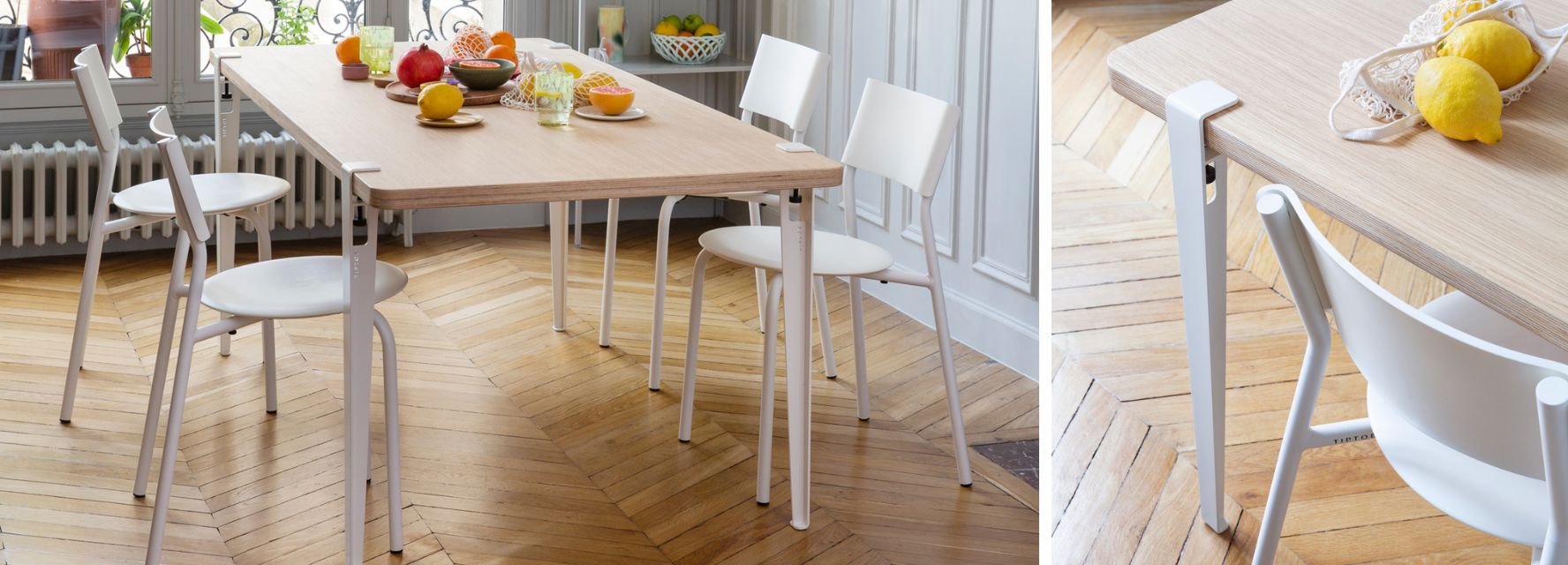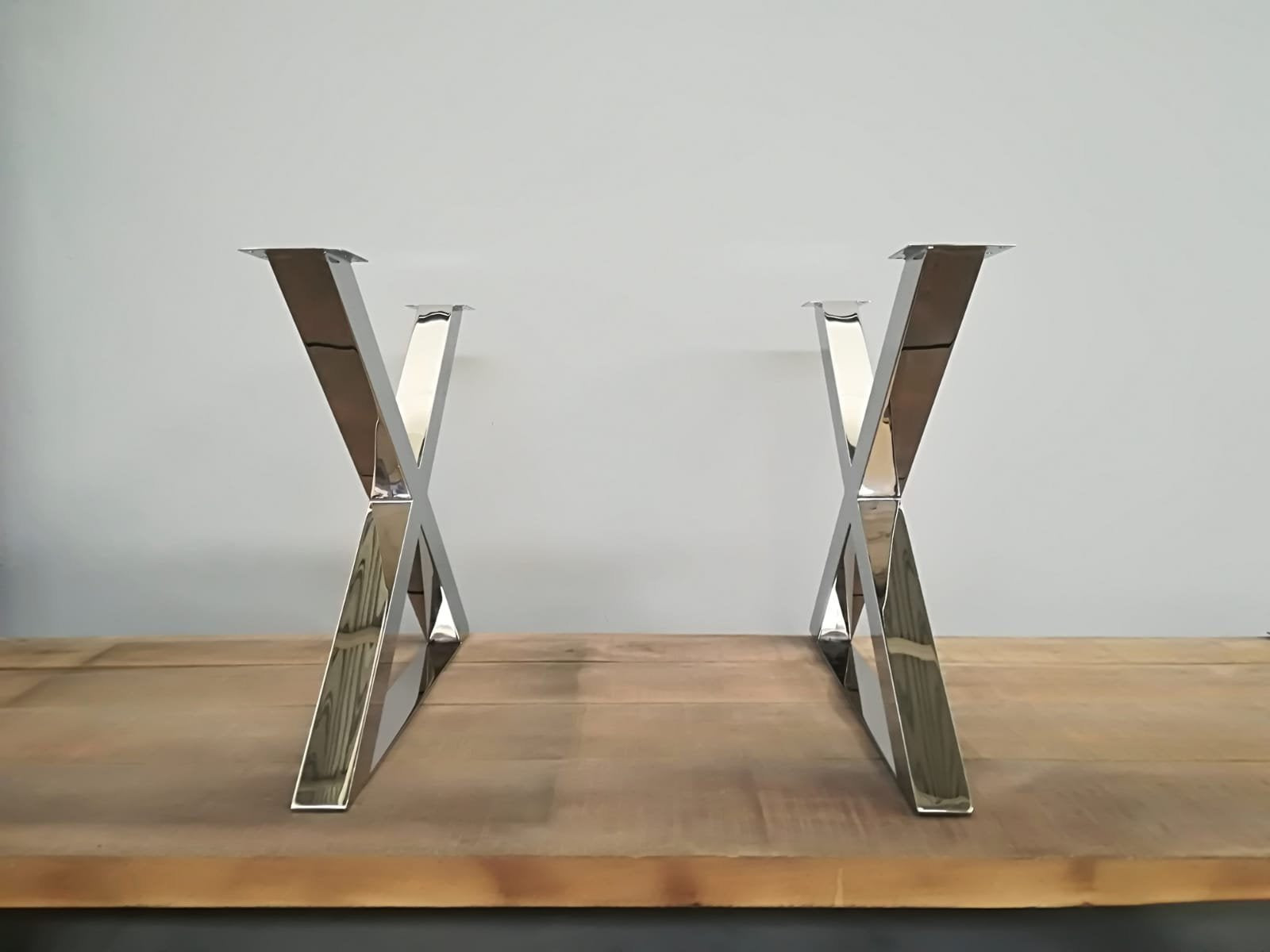From Standard to Modern: Locate the Suitable Dining-room Table Legs for Your Style
While timeless styles such as cabriole and transformed legs stimulate a feeling of timeless class, modern designs like hairpin and geometric options offer a possibility for striking visual rate of interest. As you consider these elements, the concern remains: exactly how can you seamlessly incorporate these diverse leg designs to develop a harmonious eating experience?
Recognizing Table Leg Styles
The range of eating space table leg styles can considerably affect both the appearances and functionality of the area. Each leg design contributes special aesthetic aspects and useful features, catering to diverse layout choices and usage needs. Comprehending these designs is important for choosing the appropriate table that straightens with your overall interior design vision.
As an example, conical legs use a clean, traditional look that can improve a space's style, while pedestal bases supply stability and maximize legroom, making them ideal for smaller rooms. Hairpin legs, a hallmark of mid-century modern design, present an industrial panache, enabling a ventilated, open feeling. Trestle legs stimulate rustic charm, supplying durable support and a feeling of timelessness.
Wooden legs can bring warmth and appearance, whereas metal choices typically share a sleek, modern ambiance. Eventually, understanding table leg designs is necessary for creating a cohesive dining area that mirrors individual design while ensuring functionality and convenience.
Traditional Table Leg Options
When selecting dining-room table legs, traditional choices frequently personify ageless style and craftsmanship. These styles mirror an abundant heritage and a commitment to top quality, making them excellent for those that appreciate classic aesthetics.
Among the most renowned traditional leg designs is the cabriole leg, characterized by its stylish curved shape. This style often features attractive makings and is most frequently found in Queen Anne and Chippendale furniture. One more preferred option is the turned leg, which flaunts a series of smooth, rounded forms that give a timeless appearance while preserving stability.
Furthermore, the straight leg, while simple, supplies a strong and unadorned framework that can blend seamlessly with a selection of tabletop styles. For those drawn to ornate describing, claw-and-ball feet legs stimulate a sense of grandeur and can work as a stunning focal factor in any kind of eating room.
Last but not least, pedestal bases, although not strictly legs, give a different standard option that enables ample legroom and can be magnificently carved. Each of these typical leg styles adds to the general setting of a dining space, marrying function with visual appeal.

Modern Table Leg Styles
Modern table leg styles supply a varied variety of styles that stress ingenious products and tidy lines. These designs typically focus on capability while functioning as striking centerpieces within an eating room. Minimalist visual appeals prevail, with legs crafted from products such as steel, glass, and engineered wood, which add to a airy and modern feel.
One prominent design is the barrette leg, defined by its slender, conical framework that offers security without overwhelming the tabletop (dining room table legs). This design is often found in mid-century contemporary furnishings and can effortlessly complement different dining table forms. Another fad is making use of geometric shapes, where legs might tackle angular or asymmetrical kinds, including aesthetic rate of interest and a touch of creativity

Mixing Designs for Special Areas
Frequently, property owners look for to create distinct dining rooms that show their personal style by mixing different style elements. This technique enables the consolidation of diverse looks, causing an unified yet unique setting. Pairing a rustic wood table with sleek, contemporary steel about his legs can produce a distinctive comparison that raises the room's total allure.
In addition, integrating vintage table legs with modern tabletops can evoke a sense of history while maintaining a modern sensibility. Such mixes not just display individual taste but likewise encourage creative thinking, allowing home owners to curate an area that feels both individual and welcoming.
Color plays an important function in this blending process; picking table legs that match or contrast with the existing color pattern can boost aesthetic interest. Whitewashed legs can soften the daring of a dark table surface, producing a well balanced aesthetic.
Tips for Choosing the Right Legs
Picking the right table legs is crucial for attaining both capability and aesthetic charm in your dining room. Begin by taking into consideration the general style of your area. Standard setups gain from legs that feature detailed makings or turned designs, while modern areas may call for sleek, minimalist styles.
Next, evaluate the elevation and security of the legs. dining room table legs. Basic table a knockout post range in between 28 to 30 inches in elevation, so guarantee the legs enhance this measurement for convenience. Furthermore, durable materials, such as wood or metal, can improve stability and longevity
Review the leg form as well-- alternatives include straight, tapered, or stand styles. Straight legs supply a timeless look, while tapered legs can include a touch of sophistication. Pedestal bases give enough legroom and are perfect for smaller rooms.
Conclusion
In recap, selecting the ideal eating area table legs calls for careful consideration of both traditional and modern-day styles. By balancing leg style, height, and product with the overall decor, a natural and inviting environment can be achieved.
The range of dining room table leg styles can considerably affect both the aesthetics and performance of the area. Ultimately, understanding table leg designs is vital for developing a cohesive eating area that reflects individual style while making certain practicality and convenience.One wikipedia reference of the most legendary traditional leg designs is the cabriole leg, characterized by its stylish bent shape. Straight legs use a timeless look, while conical legs can include a touch of elegance.In recap, choosing the perfect dining room table legs calls for careful consideration of both typical and contemporary styles.
Comments on “Why Custom Dining Room Table Legs Are Worth the Investment”